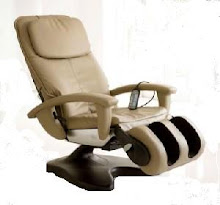The key to getting the best solution to this challenge is in finding the best surface on which to sleep and there are plenty of alternatives.
In previous posts we have looked at different mattress types ranging from conventional spring based systems to the more recent emergence of memory and Latex construction foams. But there may be an opportunity to change and improve a bed’s sleeping surface without replacing either the bed or the mattress.
Mattress toppers
A mattress topper is an additional layer of cushioning material that is laid (or fitted) on top of an existing mattress. The topper can act to add an additional degree of softness, or it can take advantage of the body moulding properties of a material like visco elastic memory foam.
Most mattress toppers vary in thickness from 2 to 4 inches with the thicker toppers being superior.
The topper will usually have corner fasteners that allow it to be tied to the mattress and most manufacturers produce their mattress toppers in sizes that duplicate standard bed/mattress formats.
The most popular topper material is memory foam and this allows a regular mattress to be converted into the equivalent of a composite spring and foam mattress with firmness and support combined with profiling around critical areas like the lower back and shoulders.
One point to bear in mind is that no mattress topper will compensate for a failing mattress. If the mattress is “dead”, then a new topper alone will not improve your sleep.
However, a good firm mattress working in combination with a Latex or memory foam topper can be a good solution to improving poor sleeping.
Mattress toppers are also available in natural wool, standard foam, duck and goose feathers/down and a mix of materials. You should always look for a good quality of ticking and side stitching as these will usually be indicative of the topper’s overall quality.
